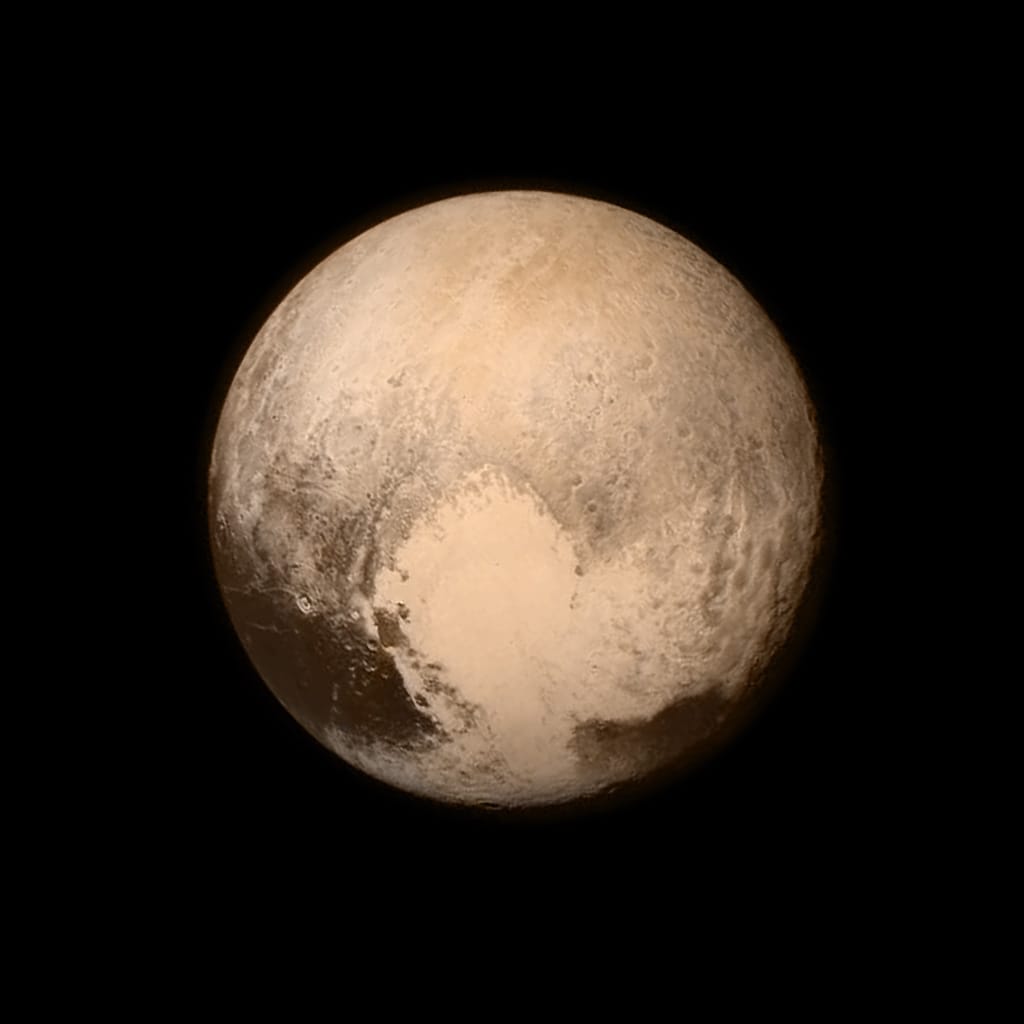NASA's Lunar Trailblazer Mission: A Promising Moon Water Hunt Faces Unexpected Challenges
NASA's ambitious Lunar Trailblazer mission, designed to map water ice deposits across the Moon's surface, has encountered significant technical setbacks that threaten to derail one of the agency's most anticipated lunar exploration projects. The small satellite mission, originally slated to revolutionize our understanding of lunar water resources, now faces an uncertain future following a series of instrument failures and communication issues.
Mission Overview and Initial Promise
Launched as part of NASA's SIMPLEx (Small Innovative Missions for Planetary Exploration) program, Lunar Trailblazer was conceived as a cost-effective CubeSat mission with outsized scientific ambitions. The spacecraft, roughly the size of a briefcase, carried two sophisticated instruments: the High-resolution Volatiles and Minerals Moon Mapper (HVM3) and the Lunar Thermal Mapper (LTM).
The mission's primary objective was to create detailed maps of water ice distribution across the lunar surface, particularly in permanently shadowed regions near the Moon's poles. This data would prove invaluable for future Artemis missions, potentially identifying landing sites with accessible water resources that could be converted into drinking water, breathable oxygen, and rocket fuel.
Technical Difficulties Mount
Instrument Malfunctions
The first signs of trouble emerged when the HVM3 instrument began experiencing intermittent power failures just three weeks into the mission. The device, crucial for detecting water signatures in lunar soil, started producing inconsistent readings that mission scientists initially attributed to calibration issues.
"We noticed unusual patterns in the spectral data that didn't align with our ground-based testing," explained Dr. Sarah Chen, the mission's principal investigator. "What began as minor anomalies quickly escalated into complete instrument shutdown cycles."
Communication Blackouts
Compounding the instrument problems, Lunar Trailblazer has experienced multiple communication blackouts with ground control. These interruptions, lasting anywhere from several hours to multiple days, have severely hampered the mission team's ability to diagnose problems and implement corrective measures.
The communication issues appear to stem from a combination of antenna orientation problems and potential software glitches in the spacecraft's guidance system. During these blackout periods, the satellite continues to orbit the Moon but cannot transmit scientific data or receive new commands from Earth.
Impact on Lunar Science Goals
Water Mapping Objectives at Risk
The mission's primary goal of creating comprehensive water ice maps has been significantly compromised. Of the planned 100 high-resolution mapping passes over lunar polar regions, only 23 have been successfully completed with usable data. The remaining attempts have either failed due to instrument malfunctions or produced corrupted data during communication blackouts.
This shortfall is particularly disappointing given the mission's modest $27 million budget, which was specifically designed to demonstrate that meaningful lunar science could be conducted with smaller, more affordable spacecraft.
Broader Implications for Future Missions
The Lunar Trailblazer setbacks raise questions about the reliability of CubeSat technology for deep space missions. While these small satellites have proven successful in Earth orbit, the harsh radiation environment and extreme temperatures around the Moon present unique challenges that may require more robust engineering solutions.
Mission Team Response and Recovery Efforts
NASA engineers are working around the clock to restore full mission capabilities. Recent efforts have focused on developing new software patches to address the communication issues and implementing alternative power management strategies for the troubled HVM3 instrument.
"We're not giving up on this mission," stated Mission Director James Rodriguez. "Every challenge we overcome here provides valuable lessons for future small satellite missions to the Moon and beyond."
The team has managed to restore partial functionality to some systems, allowing for limited scientific observations during brief operational windows.
Looking Forward: Lessons and Legacy
Despite its current troubles, Lunar Trailblazer has already contributed valuable engineering data about operating small spacecraft in the lunar environment. The mission has successfully demonstrated several key technologies, including autonomous navigation algorithms and miniaturized spectrometers, even while struggling with its primary objectives.
The setbacks serve as a sobering reminder that space exploration remains inherently risky, regardless of mission size or budget. However, the lessons learned from Lunar Trailblazer's challenges will likely inform the design of future lunar CubeSat missions, potentially preventing similar issues.
As NASA continues its ambitious Artemis program to return humans to the Moon, the agency remains committed to innovative, cost-effective approaches to lunar science. While Lunar Trailblazer may not achieve all its original goals, its struggles and partial successes will contribute to humanity's growing understanding of how to explore our celestial neighbor more effectively.

